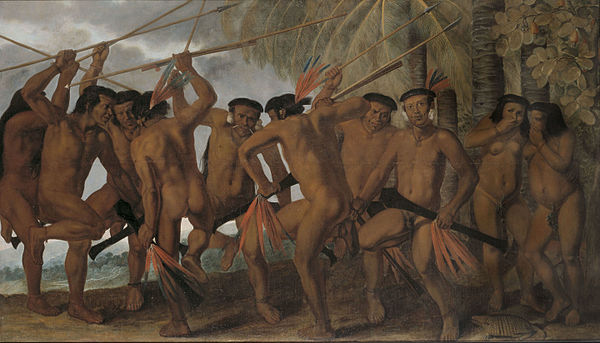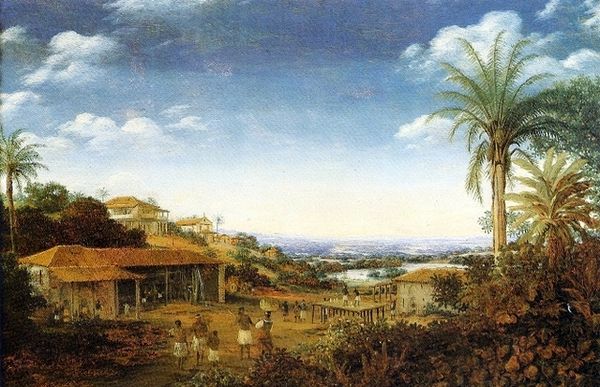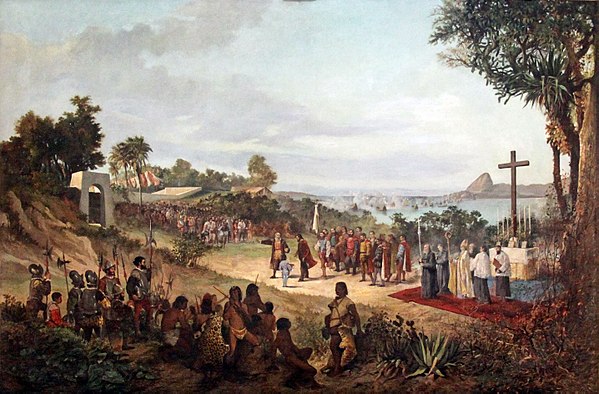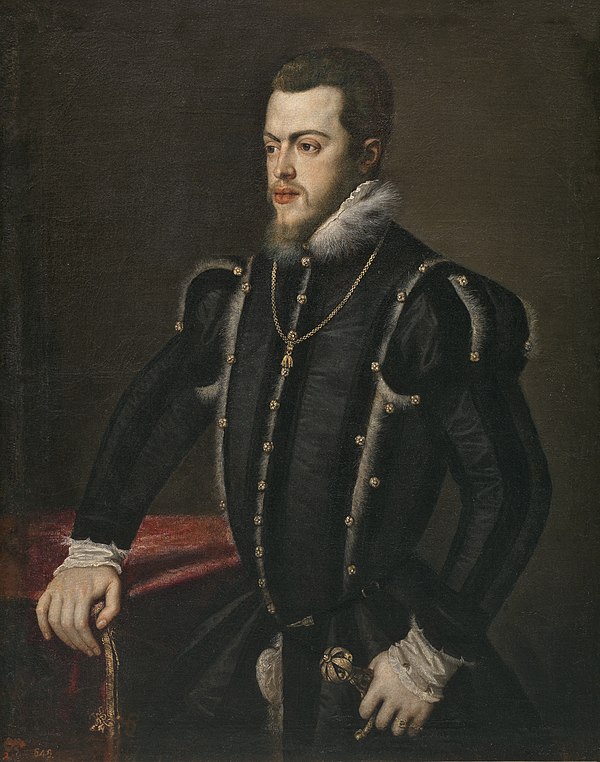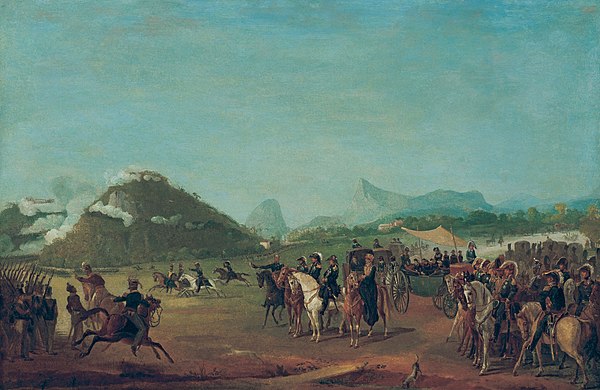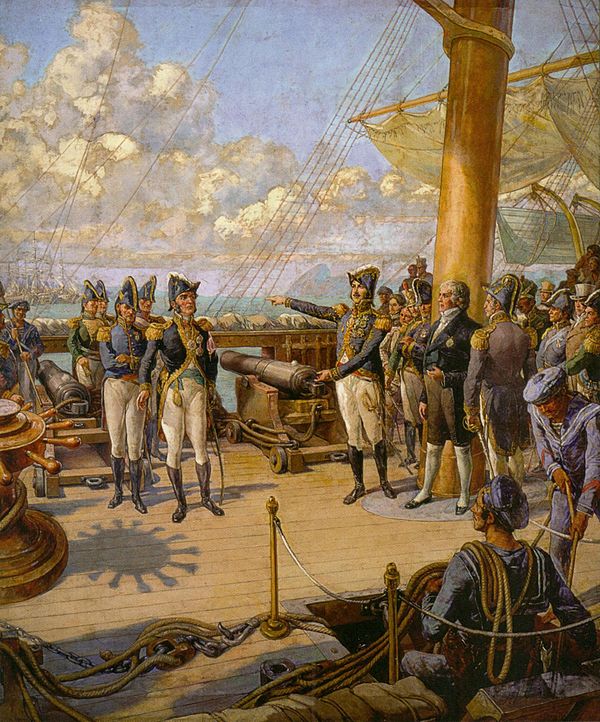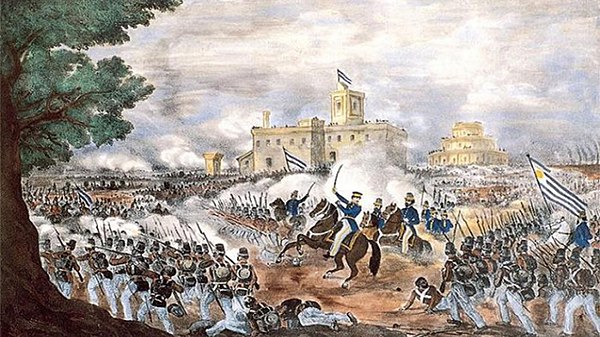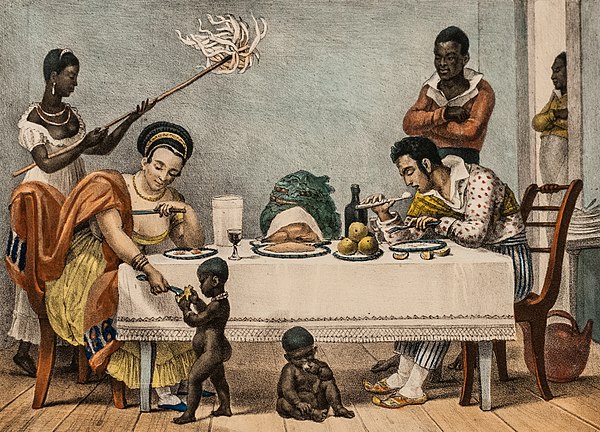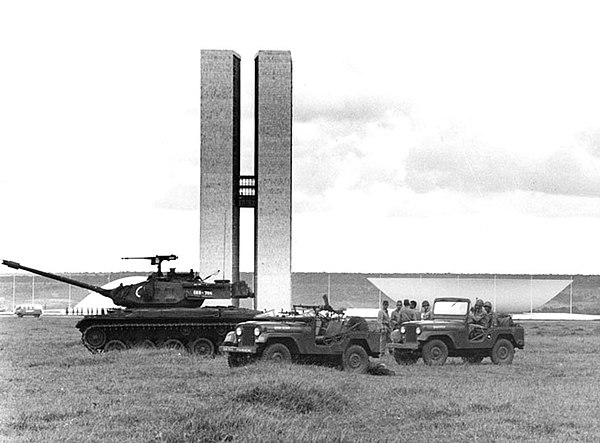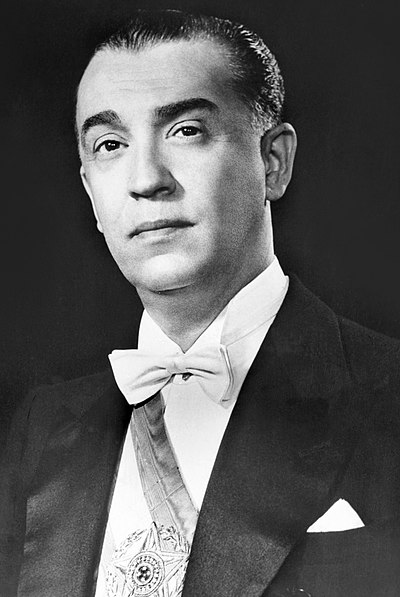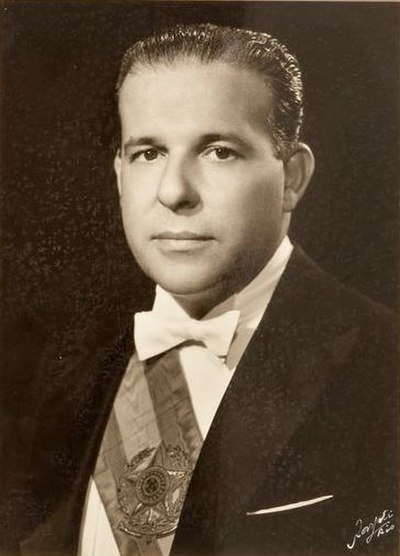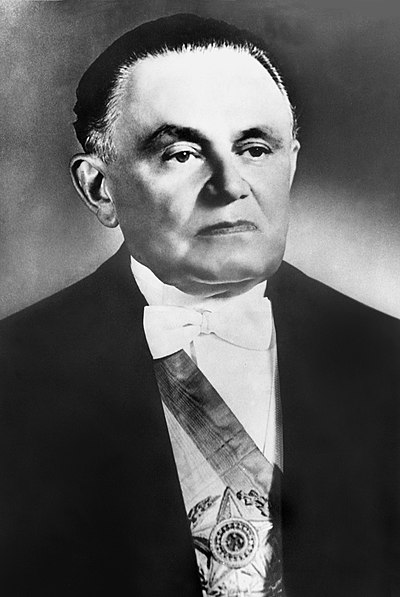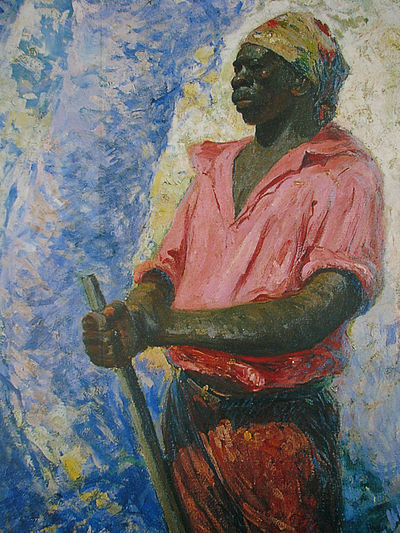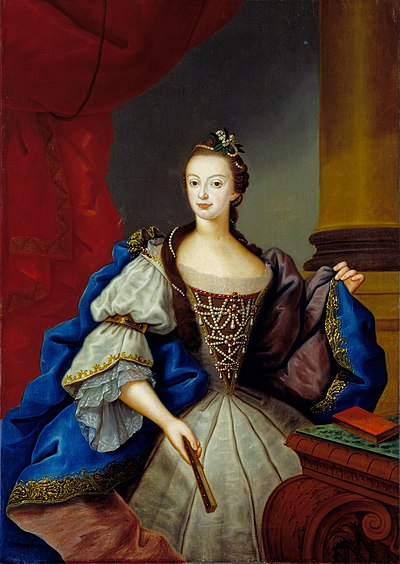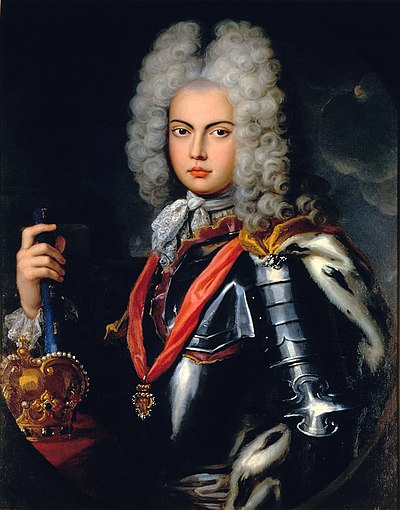The Platine War was fought between the Argentine Confederation and an alliance consisting of the Empire of Brazil, Uruguay, and the Argentine provinces of Entre Ríos and Corrientes, with the participation of the Republic of Paraguay as Brazil's co-belligerent and ally. The war was part of a decades-long dispute between Argentina and Brazil for influence over Uruguay and Paraguay, and hegemony over the Platine region (areas bordering the Río de la Plata). The conflict took place in Uruguay and northeastern Argentina, and on the Río de la Plata. Uruguay's internal troubles, including the longrunning Uruguayan Civil War (La Guerra Grande – "The Great War"), were heavily influential factors leading to the Platine War.
In 1850, the Platine region was politically unstable. Although the Governor of Buenos Aires, Juan Manuel de Rosas, had gained dictatorial control over other Argentine provinces, his rule was plagued by a series of regional rebellions. Meanwhile, Uruguay struggled with its own civil war, which started after gaining independence from the Brazilian Empire in 1828 in the Cisplatine War. Rosas backed the Uruguayan Blanco party in this conflict, and further desired to extend Argentine borders to areas formerly occupied by the Spanish Viceroyalty of the Río de la Plata. This meant asserting control over Uruguay, Paraguay, and Bolivia, which threatened Brazilian interests and sovereignty since the old Spanish Viceroyalty had also included territories which had long been incorporated into the Brazilian province of Rio Grande do Sul.
Brazil actively pursued ways to eliminate the threat from Rosas. In 1851, it allied with the Argentine breakaway provinces of Corrientes and Entre Ríos (led by Justo José de Urquiza), and the anti-Rosas Colorado party in Uruguay. Brazil next secured the south-western flank by signing defensive alliances with Paraguay and Bolivia. Faced with an offensive alliance against his regime, Rosas declared war on Brazil.
Allied forces first advanced into Uruguayan territory, defeating Rosas' Blanco party supporters led by Manuel Oribe. Afterwards, the Allied army was divided, with the main arm advancing by land to engage Rosas' main defenses and the other launching a seaborne assault directed at Buenos Aires.
The Platine War ended in 1852 with the Allied victory at the Battle of Caseros, for some time establishing Brazilian hegemony over much of South America. The war ushered in a period of economic and political stability in the Empire of Brazil. With Rosas gone, Argentina began a political process which would result in a more unified state. However, the end of the Platine war did not completely resolve issues within the Platine region. Turmoil continued in subsequent years, with internal disputes among political factions in Uruguay, a long civil war in Argentina, and an emergent Paraguay asserting its claims. Two more major international wars followed during the next two decades, sparked by territorial ambitions and conflicts over influence.


